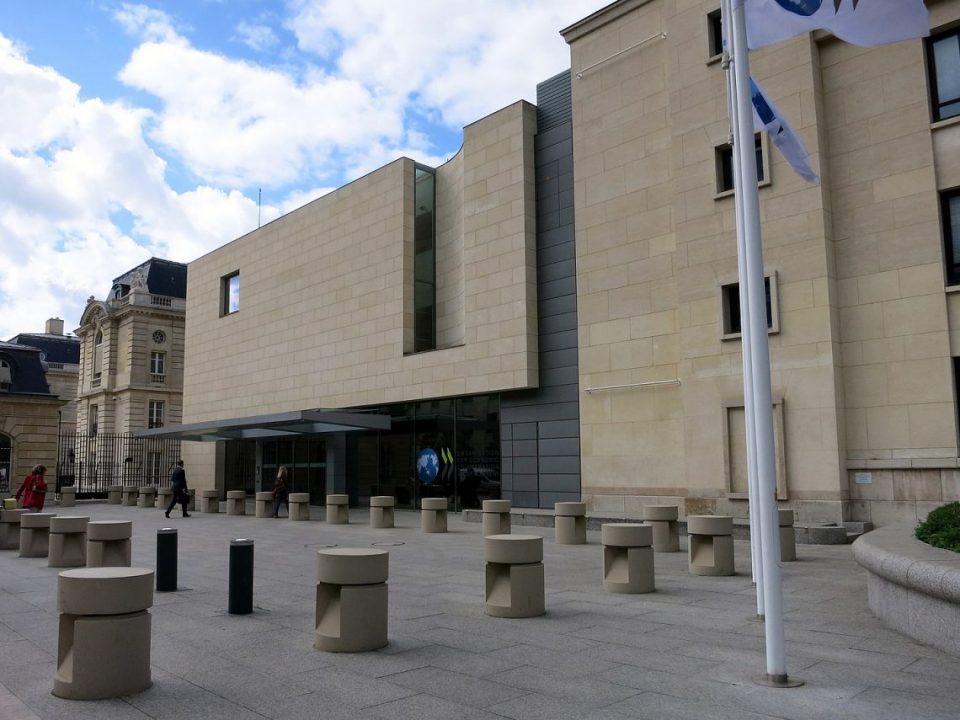by Stephen Howes
New OECD aid data for 2020, from the organisation’s Development Assistance Committee or DAC, shows that Australia’s aid performance has never been worse in global terms. We started the decade above the global aid average: in 2011, our aid-to-income ratio (the measure of aid generosity) was 0.34% of GNI, and the OECD average was 0.31%. Fast forward to the end of the decade to 2020 and OECD aid has held up remarkably well, increasing slightly to 0.32%. But our aid has plummeted to 0.19% of GNI.
That Australia has been sliding down the global aid rankings is hardly news, but even so the April OECD data delivers a particularly harsh verdict on Australia’s aid effort, and on the extent and exceptional nature of our aid cuts over the last decade.
For the first time, we have joined the OECD’s “0.2% club”, the group of donors who give less than 0.2% of GNI (something I predicted in 2019). The US is also a member of this club, but then it is the world’s largest donor because of its massive economy. The seven other members are the crisis-hit countries of Greece and Portugal, and new donors such as Korea. It is not a club we should be part of.
While the DAC reports on 29 OECD donors in total, there are 22 OECD traditional aid donors, who have, like Australia, been giving aid for decades. These constitute our comparator group. In 2011, eight were less generous in their aid than Australia – not great, but at least we were near the middle of the pack. We stayed in that position till 2014, and then we started to fall. By 2016, only five traditional donors were less generous than Australia, and by 2017, there were only three. By 2019, and in 2020, there were only two (the US and Portugal).
Between 2011 and 2020, and adjusting for inflation, Australian aid fell by 31%, while global aid increased by 26%. (Only Portugal has cut aid more.) Last year alone, Australia’s aid fell by 11%, while global aid increased by 7%. In 2011, Australia contributed 3.7% of total OECD aid. That ratio peaked at 4.3% the following year, but has since fallen almost every year. By 2020 we only contributed 1.6% of global aid, less than half of our 2021 share.
What has gone wrong? There are two factors at play, one long-term one short-term. Long term, the world has over the last decade been increasing aid, while Australia has been cutting it. It is as simple as that.
Short term, Australia seems to have experienced difficulty disbursing its aid budget in the second half of 2020. The OECD measures aid by calendar year. The government, though it has slashed aid since coming to office in 2013, didn’t actually budget for any more aid cuts in either fiscal year on either side of the 2020 calendar year. In fact, it announced some modest amounts of new aid to respond to COVID-19. But it seems to have had difficulty spending aid in the second half of 2020.
This table summarises the night-and-day nature of Australia’s aid performance at the start of the last decade, 2011, and at the end, 2020.
Australian aid: what a difference a decade makes

When our contribution to the global aid effort falls by more than a half, when our aid generosity falls by almost a half, when we join the OECD “0.2 club”, when we become the third least generous donor among the 22 OECD traditional donors, something has gone wrong.
Our rankings should improve slightly in 2021 given the modest aid increases that the Australian government has announced in response to COVID-19. But the government’s timidity is betrayed by its reluctance to even acknowledge that it is actually increasing aid.
Australia is one of the richest countries in the world (the tenth richest in the OECD in 2018). We should be an aid leader not an aid laggard.
Go to the Australian Aid Tracker Comparisons page (and to other references at this story on devpolicy.org), to compare Australia’s aid with aid from other OECD countries for yourself.
Note: Net Official Development Assistance disbursements (net ODA) is used to measure total aid, as is the traditional convention. However, the OECD’s other, new “grant equivalent” measure is used to measure ODA/GNI from 2018, as per official DAC practice. As can be seen in the OECD release, both measures are very similar for most countries and identical for Australia. The data is labelled as “preliminary” by the OECD, but the main updates during the year involve the provision of more detailed spending data. For example, the preliminary 2019 net ODA figure was $147.4 million; the final figure is $146.5 million.
Disclosure: This research was undertaken with the support of The Bill & Melinda Gates Foundation. The views represent those of the author only.
This article appeared first on Devpolicy Blog (devpolicy.org), from the Development Policy Centre at The Australian National University.
Stephen Howes is the Director of the Development Policy Centre and a Professor of Economics at the Crawford School.


